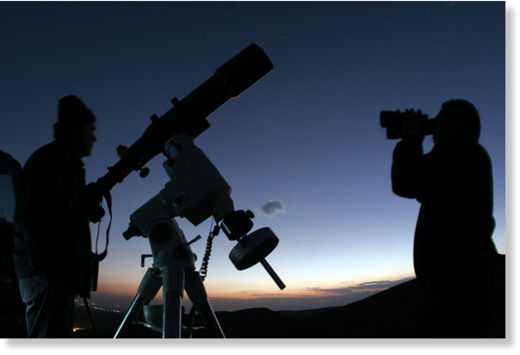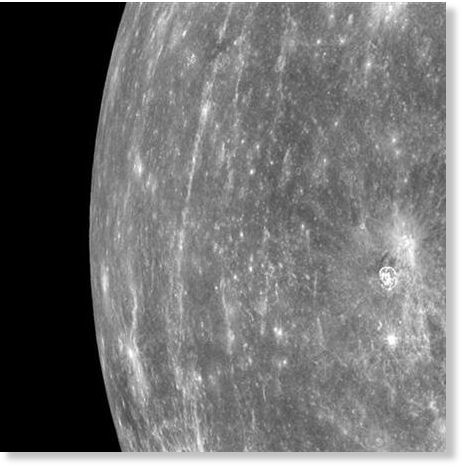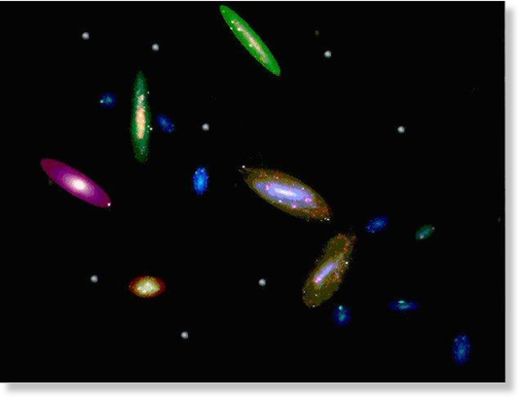
© unknown
Boy, do we have the goodies for you this week. Several multi-object conjunctions, all for your viewing pleasure.
The first are morning events. As you all know, I am not a morning astronomer. However, there are occasions where I make an exception, this is one of them.
First, on Sunday morning, June 26, be outside and find a clear, uncluttered view to the east between 4:45 and 4:30 a.m. MDT.
High to the right is bright Jupiter, the largest of all the planets and just to its left is a very slender crescent moon.
They will be close enough to be in the same binocular field of view.
The next morning, Monday, June 27, an even thinner crescent will move down and left and stand between Jupiter and the tiny star cluster, The Pleiades, or M45, an awesome sight in binoculars.
Moving on to Tuesday, June 28, the moon will be between the Pleiades and the dim planet Mars (look just below the moon).
If you draw a line from Pleiades through the moon, past Mars and on down you will find bright Aldebaran, the eye of Taurus, the Bull.



